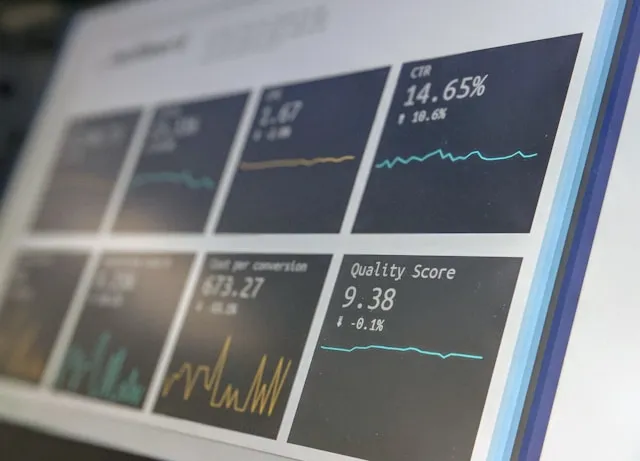Introduction to Cost-Benefit Analysis in Time Tracking
Understanding the financial implications of implementing a time tracking system is crucial for businesses of all sizes. A cost-benefit analysis helps organizations assess the potential return on investment (ROI) from adopting a solution like Mortimer. This analysis focuses on how time tracking enables faster, more accurate invoicing, better visibility of where your time and money go, and how quickly you're getting paid by customers.
How Mortimer Improves Invoicing and Financial Clarity
Mortimer is designed to streamline invoicing and give businesses better control over their income.
- Faster Invoicing: Track time as you go and invoice with a single click, without gathering timesheets or estimates at the end of the month.
- Transparent Billing: Know exactly how much time was spent on which task, making it easy to justify invoices and reduce disputes.
- Cash Flow Awareness: Real-time visibility of work performed helps you spot late-paying customers and bottlenecks sooner.
- Better Use of Time: Time tracked in Mortimer highlights non-billable activities, helping you optimize workflows and increase billable hours.
Calculating ROI with Mortimer
To calculate the ROI of implementing Mortimer, consider the following:
Initial Costs:
- Software Purchase Price (SPP): Monthly cost of Mortimer subscription.
- Hardware and Infrastructure (HI): Any needed updates or devices.
- Installation and Integration (II): Costs associated with setting up the software.
- Training Costs (TC): Expenses for onboarding your team.
Operating Costs:
- Annual Software Maintenance (ASM): Ongoing licensing.
- Ongoing Training (OT): Cost of refresher courses or new user training.
Financial Gains:
- Labor Cost Savings (LCS): Fewer hours spent on invoicing and reconciling.
- Administrative Time Savings (ATS): Streamlined processes reduce overhead.
- Faster Payments (FP): Improved billing cycles lead to quicker cash inflow.
- Productivity Gain (PG): More focus on billable work.
Intangible Benefits:
- Client Trust (CT): Transparent invoicing builds credibility.
- Better Planning (BP): Data on time usage helps improve forecasting.
ROI Calculation in Practice
Use this formula:
ROI = ((LCS + ATS + FP + PG) - (SPP + HI + II + TC + ASM + OT)) / (SPP + HI + II + TC)
Example — WidgetWorks:
WidgetWorks has 25 employees and uses Mortimer at €4 per employee per month. Here's a realistic first-year estimate:
| Metric | Amount |
|---|---|
| Software Purchase Price (SPP) | €4 × 25 × 12 = €1,200 |
| Hardware & Infrastructure (HI) | €0 (cloud-based, no extra infrastructure) |
| Installation & Integration (II) | €500 |
| Training Costs (TC) | €1,000 |
| Annual Software Maintenance (ASM) | Included in subscription |
| Ongoing Training (OT) | €300 |
| Labor Cost Savings (LCS) | €8,000 |
| Administrative Time Savings (ATS) | €4,000 |
| Faster Payments (FP) | €3,000 |
| Productivity Gain (PG) | €6,000 |
ROI = ((€8,000 + €4,000 + €3,000 + €6,000) - (€1,200 + €0 + €500 + €1,000 + €0 + €300)) / (€1,200 + €0 + €500 + €1,000)
ROI = (€21,000 - €3,000) / €2,700 = 6.67 or 667%
This example shows a potential 667% ROI in the first year — a strong argument for choosing Mortimer. Obviously these numbers are fictional, but indicative non the less.
Conclusion: Invoice Smarter and Get Paid Faster
With Mortimer, your business gets paid faster, tracks time more accurately, and gains a deeper understanding of how money is earned. Performing a cost-benefit analysis helps you see just how valuable these improvements can be.
Call to Action
Want to improve your invoicing speed and financial clarity? Visit Mortimer.pro and schedule a demo. Let us help you make your time—and money—count.
:ctaAhd

